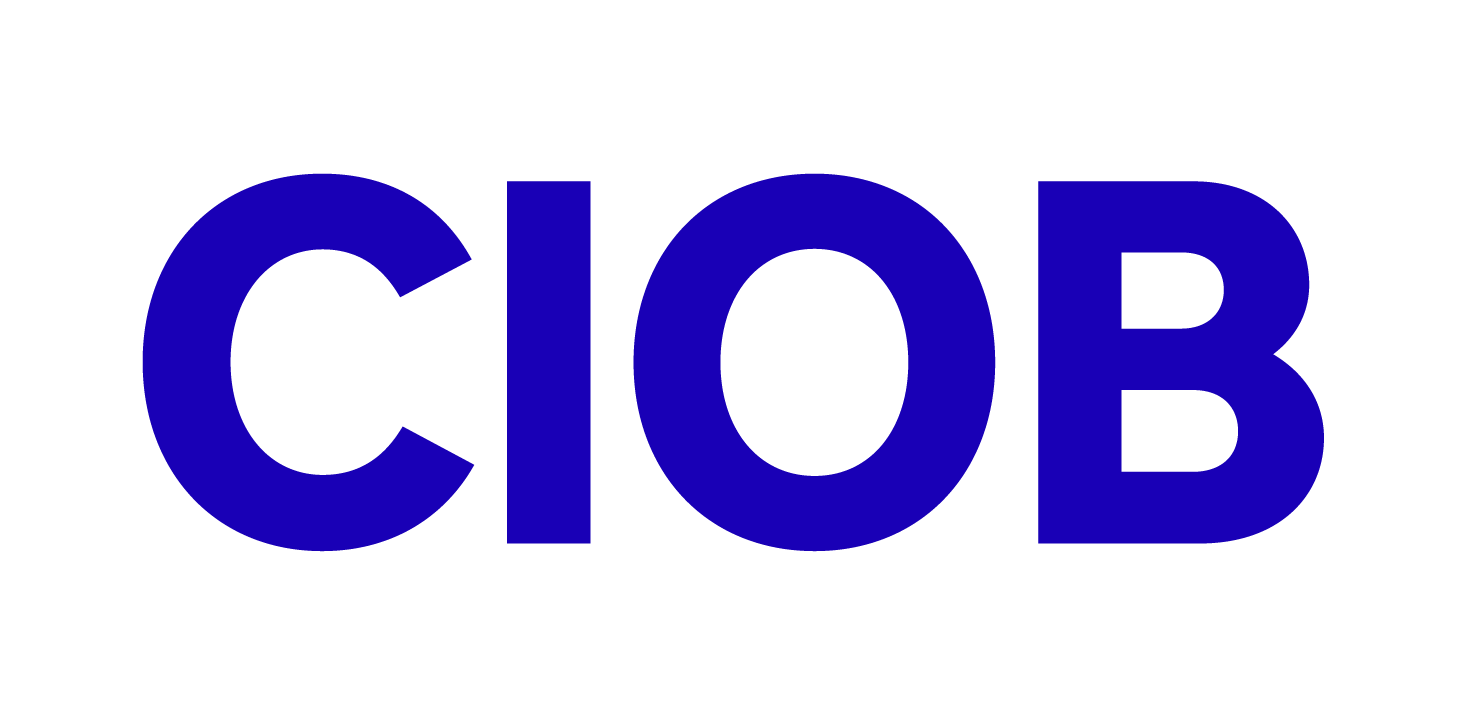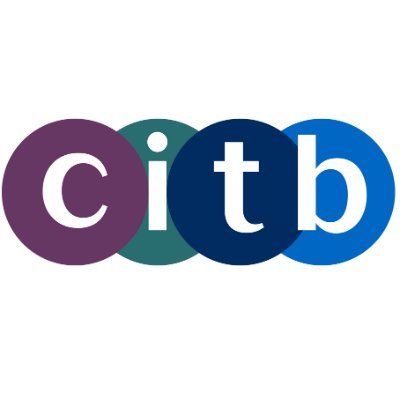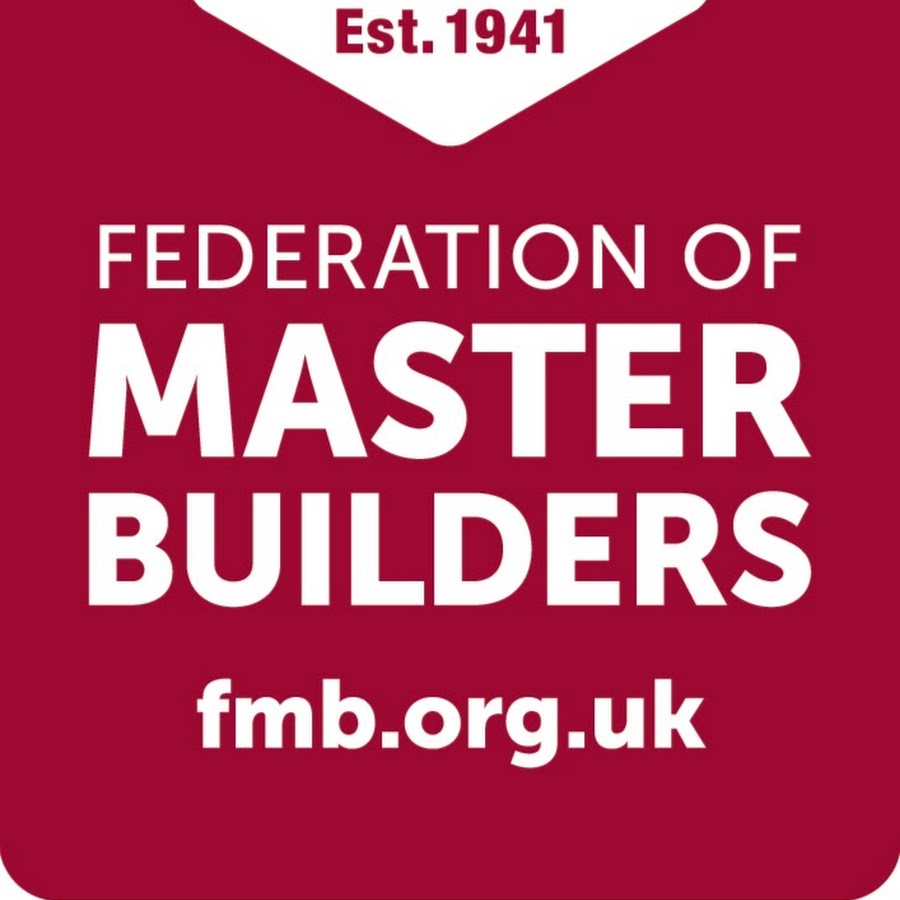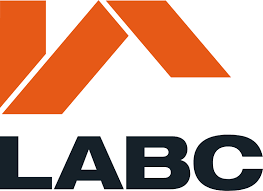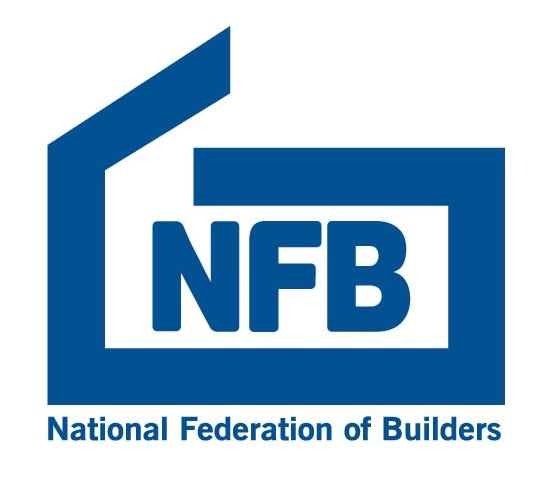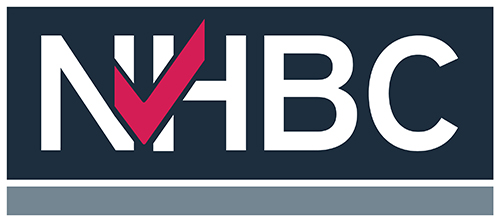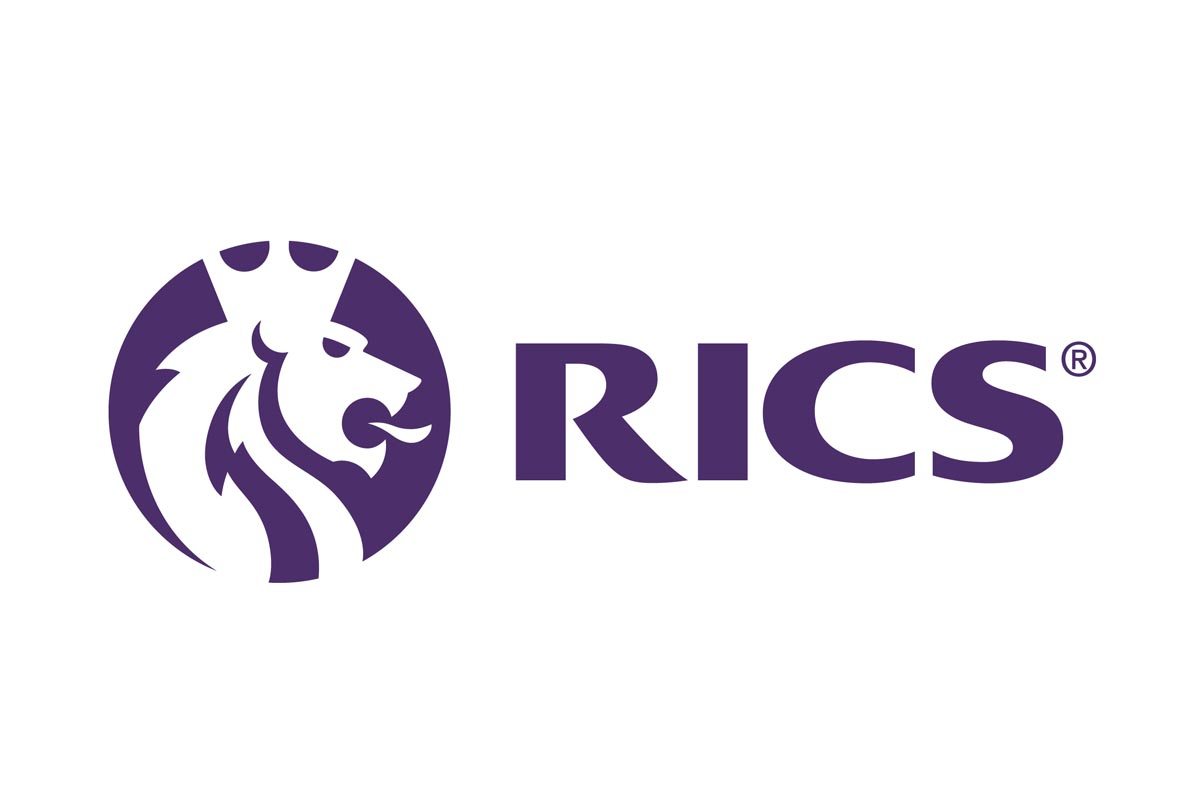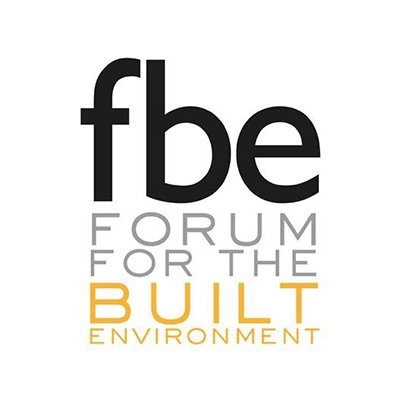
In the past, KTPs have mostly been science and engineering orientated, however £25m (approx.~250 projects until 2023) has been made available nationally to support mKTPs and projects can range from: operations management, supply chain and business process improvements; organisational/behavioural psychology & cultural change; benchmarking, competitor analysis and best practice capture; alternative business models and associated profit margins; to post-COVID recovery and resilience, ‘new normal’ executive leadership skills, operations, decision making, strategy remote working, dispersed teams management, skills, innovation & wellbeing. To date, only about 40 projects have been taken up by business.
The mKTP is for businesses (up to 500 employees) who have an innovation or strategic management project that could benefit from some outside expertise (a university).
The aim of a KTP is to transfer knowledge and expertise to an organisation from experts in a University through a newly hired graduate Associate who works with the company for the period of the project.
The Associate has access to university academic expert knowledge, skills, and resources to help accelerate innovation to create strategic agility and impact. The expertise is embedded in the company, contributing to sustainable, positive change.
Questions a business needs to ask for a mKTP to be appropriate are:
- How does the project fit the strategic aims of the company?
- What is innovative about the project?
- What knowledge is to be transferred and why does the company need it?
- What is the academic challenge of the project?
Benefits to the company:
- What is the anticipated financial payback?
- What capability(ies) will be increased?
Approximate costs:
- Typically, £30k a year for an SME (@33% contribution) Companies with 250+ employees contribute 50% towards the project costs.
- Programme can be for between 1-3 years
Knowledge Transfer Partnership (KTPs), over the last 40 years, have helped around 12,000 companies innovate for growth and today around 800 organisations are involved with KTPs.
Katrina Woodward
Strategic Partnership Manager (Construction & Sustainability)
Nottingham Trent University
Research and Strategic Partnership Development
Katrina.Woodward@ntu.ac.uk

Gain insights for your business with a free student consultancy project.
Challenge the Nottingham Business School (NBS) students with a research-based business question and get a free report and recommendations for your organisation.
A piece of thought leadership from Martyn Jones
At the risk of overusing the phrase, construction is facing unprecedented change. As we know Change requires Innovation and innovation requires Learning. These forces are driving us to rethink the way in which we design and deliver our projects, the tools and technologies we use, and the roles we need to play in a greener, more seamless, value-driven, customer-focused, development process.
But how do we go about nurturing more innovative organisations, project teams and value chains? Slipping into the language of football punditry, the words that keep cropping up time and time again in the meetings I attend are “we need to change our culture”.
But changing an organization’s culture is one of the most difficult leadership challenges, never mind changing the culture of a value chain or a whole industry. That’s because organisational cultures are complex, comprising an interlocking and embedded set of goals, roles, processes, values, communication practices, behaviours, beliefs, attitudes and assumptions.
That’s why single-fix changes, such as the introduction of Partnering, or Lean, or Agile, or Scrum, or Knowledge Management, or some other new approach, may appear to make progress for a while, but over time the deeply embedded and interlocking elements of the organizational and inter-organisational culture can take over and then the change is inexorably drawn back into the existing way of doing things.
Bringing about radical change in a whole industry is very challenging but back in 1998 that’s what Sir John Egan and his Task Force called for construction to do. That was the same year Google was launched. So where better to look for insights into nurturing an innovative culture during the last couple of decades than Google?
They have spent the last couple of decades or so thinking about how to maintain and improve a culture that fosters transformation and innovation, and with remarkable outcomes. Vinton G. Cerf, Vice President and Chief Internet Evangelist at Google, has shared the five lessons they have learnt in growing and sustaining their clearly successful culture of innovation.
1 Sustaining competitive advantage cannot be achieved with technology alone
Cerf argues, surprisingly perhaps, that in their experience technology on its own is not offer the complete answer. He says that every day Google needs to rethink how their people, structures, and processes interact. He says, “Our teams must have systems and processes that keep then engaged, amplify their ability to innovate and keep then consistently looking to the future”.
2. Measure, make decisions, and be transparent in that process
Measurement is at the heart of everything they do at Google. They measure everything – from how their systems are running, to how productive they are, to how people are feeling. And they collect anecdotal information as well as quantitative data as they see both as being necessary to inform change.
Once they have gathered and interpreted the data and made a decision, it’s time to actually put those changes into motion. They argue feedback systems only work when people believe changes will be made as a result of their feedback. The trick is to ask the questions and then actually do something with the result and use it to judge how well their organizational structure and processes are working.
Transparency is another important part of the Google way. Cerf says, “It’s important that we are transparent about the feedback we heard, and how we went about addressing it. Being transparent as a company increases customer trust on one hand, and employee trust on the other. It’s important that people understand why we prioritized the changes we made. That’s core to Google’s DNA.”
3. Don’t be afraid of failure
This is a difficult one for construction given the risks involved and our embedded blame culture but we need to recognise that – as in the field of science for example – more is learnt from failure than from success. If you ask why something didn’t work, you often learn more than you would have if it actually did work. Cerf again: “At Google, we try a lot of things out that don’t work – and then learn from them and refine our practices. And eventually, we hope, they get to the point where the things that we want to work actually do work.”
4. Don’t forget that culture is always a work in progress
Over time, as the scale of Google grows and the mix of people joining changes, they have to remind people about the cultural norms that they would like to maintain. As Cerf says, “You have to periodically refresh the cultural elements that matter.
For example, one of the things that Google tries to accomplish is to give people the freedom to try things out, which resulted in a policy of allowing engineers to spend 20% of their time doing things that they weren’t originally assigned to do. People use [their] 20% of time to learn outside of their assigned duties and it actually acts as a stabilizing component of employee satisfaction.”
5. Stay open
Don’t think that you have all the answers. In fact, the probability is very high that you don’t have very many of them at all. Take advantage of opportunities to share knowledge with your colleagues, your friends, even your competitors to better understand what others have learned in order to solve the same problems you have. Google “see openness as a friend”.
The same thing is true when it comes to not taking all the credit. It’s important to acknowledge other people’s contributions because it gives them the incentive to continue contributing. And so, this kind of openness of spirit is just as important as openness of ideas.
What can construction learn from Google?
Taking ideas from other sectors of the economy is problematic but there some takeaways from the Google experience that can be applied to changing construction’s culture. Technology alone does not guarantee success. We need a culture that supports and accelerates change and which nurtures innovation and learning.
People have always powered technology, and today that’s especially true as teams must harness new technologies and collaborate to solve the big problems we face and make the most of the opportunities too. Openness of spirit is just as important as openness of ideas.
The cultural elements that matter have to be periodically refreshed. Transparency increases trust, within the organisation but also upstream to clients and downstream to suppliers. Nurturing a culture of innovation helps lead to the identification of new opportunities and actions to create new ideas to tackle the unprecedented challenges we face and exploit the emerging opportunities.

Listen Now https://spoti.fi/30fjJls
Graham Watts, chief executive of the Construction Industry Council joins Andrew Carpenter as he deconstructs the construction industry. Graham was manager of Great Britain’s fencing team at the 2008 Summer Olympics and Chairman of the National Dance Awards.

By Steve Green – Head of Knowledge Sharing, Bouygues
The construction industry is currently going through significant change as we strive to embrace digital transformation. Arguably, the introduction of BIM has forced our hand as Central Government nudged us to start the journey by embracing level 2. As a result we are told that rolls of drawings and archives full of lever arch files, all suffering water damage, could be thing of the past.
We are now employed to create a digital asset as well as the physical building!
The biggest impact of digital transformation will be felt in the field. It is here on the site, that the majority of the records that we need are created. The clipboard, the duplicate book and the A4 diary are about to become a thing of the past. Such items will be replaced by phones, tablets and laptops that can capture, share and archive a record in an instant.
So how can this new technology help the industry address one of its current key challenges – improving Site Quality?
The CE Midlands Quality & Compliance Thought Leadership Group have attempted to make this transition easier for all, by creating a simple guide to the process of selecting and implementing these digital tools into the day job.
It is a collection of shared experience and lessons learned across businesses both large and small, that will allow new comers to the technology, to make informed decisions, learn by our mistakes and leverage the benefits as early as possible.
One of the advantages of digital records is the ability to easily share, so although the guide is predominantly written for the user in the Field (Contractor and Supply Chain Partners) Clients, Employers Agents and all member of the Project Team can have access to this data, so should read the guide.
Let’s set the scene: Tech @ Housing Conference, Manchester, late June 2019. Andrew Carpenter, Chair of BIM 4 Housing and Chief Executive of Structural Timber Association, caught our attention with BIM.
In Andrew’s presentation, titled, How can technology improve risk management and building safety post-Grenfell?, he highlighted:
- The role of BIM in delivering Hackitt’s ‘golden thread of information’
- Why accurate information is so important for building and fire safety
- The challenge of culture (“we’ve always done it this way”) and why investment is necessary
If you have read any of Kreo’s blogs, you’ll know this is what we’re all about. Most of the audience were from housing associations and local authorities, many of them in facilities management (FM). There were a lot of developers there too. FM professionals are mostly better acquainted with BIM, as the information they get from a BIM model enables them to save time and money. But unfortunately, the BIM process often starts after the building has been built. Developers are usually not as aware of the advantages they can get out of BIM.
It is only since the Grenfell disaster that we have seen significant take-up of BIM across the whole construction industry. Even then, there are many misconceptions about BIM and fears over its perceived complexity.
When we met with Andrew Carpenter after the event, he encouraged Kreo to join Constructing Excellence and, by association, BIM 4 Housing. After doing so, we were able to present on the topic of why BIM is still so hard to other BIM 4 Housing members. We talked about the reasons and excuses we hear from companies for not adopting BIM. It all comes down to BIM being too difficult to take up. We suggested a solution: technology providers should make BIM easy.
Make BIM easy?
Sounds impossible, but that’s what has to happen if we want to see change. One aspect to getting BIM right is creating a BIM model as soon as you can in the project planning process. Currently, most clients and developers don’t feel comfortable with BIM. It is a lot of work, and so, it costs money. You might not even go ahead with the project, or might not get planning permission. So it’s easier to push BIM further down the project’s life cycle. But as Magomed Galaev, Kreo’s CEO & founder, told a Tech @ Housing audience, this is where the problem starts.
Digital transformation in housebuilding: threat or opportunity?
In Magomed’s presentation at Tech @ Housing, he talked about the current housebuilding process. When a project gets planning permission and the work is offered to tender, the BIM model will be, at best, RIBA Stage 2. Usually there is no BIM model at all. BIM or no BIM, the client will have spent weeks, maybe months, getting to this point. They need a basic cost and schedule estimate for main contractors to bid on.
After a contractor wins the bid, they must then reassess cost and schedule in more detail for their own subcontractor tendering process. They might create a BIM model at this point, but the cost and responsibility is shouldered by them. The client loses clarity into what their project will end up costing, how long it will take, and how it will even turn out. Both parties lose out.
Magomed’s presentation went on to highlight the disruption we will soon see to this process. Digital companies in other industries have changed processes so dramatically, they have transformed their respective industries. When this happens in housebuilding, it will be those who are complacent who will fade away. Those organisations who digitalise, or new digital companies, will reap the benefits of industry disruption. They will be the disruptors.
The cunning plan
This was the first year that the board of Homes UK had discussed BIM as an important topic for this annual event. That is why they asked BIM 4 Housing members to exhibit in a BIM Village, where the audience could find out its relevance to them.
So here’s where our plan comes in. Kreo is going to show the Homes UK audience that there are ways to start planning all new build projects with BIM. Finding the right technology is important – but finding the company who will work with them to make BIM easy is the key to success. Once more property developers start catching on to BIM, the market will have been disrupted and we’ll see the real estate and construction industries transform.
Modular design launch at Homes UK
Attendees at Homes UK will be the first to see our brand new solution: generative modular building design. The new product is in line with the topic of Modern Methods of Construction (MMC) being promoted at the event. If companies have their own modules, they can plan buildings to RIBA Stage 4 at record speed, depending on the level of detail of their modules. Plug any module into Kreo, or use Kreo’s own designs, and start planning space-optimised new buildings in minutes.
This kind of technology and manufacturing is the future when it comes to building new homes. This is already leading to lower costs in the longer term, less waste and more high-quality homes being built at speed.
Interested in a demo of the new product? Get in touch to book in time. Come and see us at Homes UK at stand H381.




